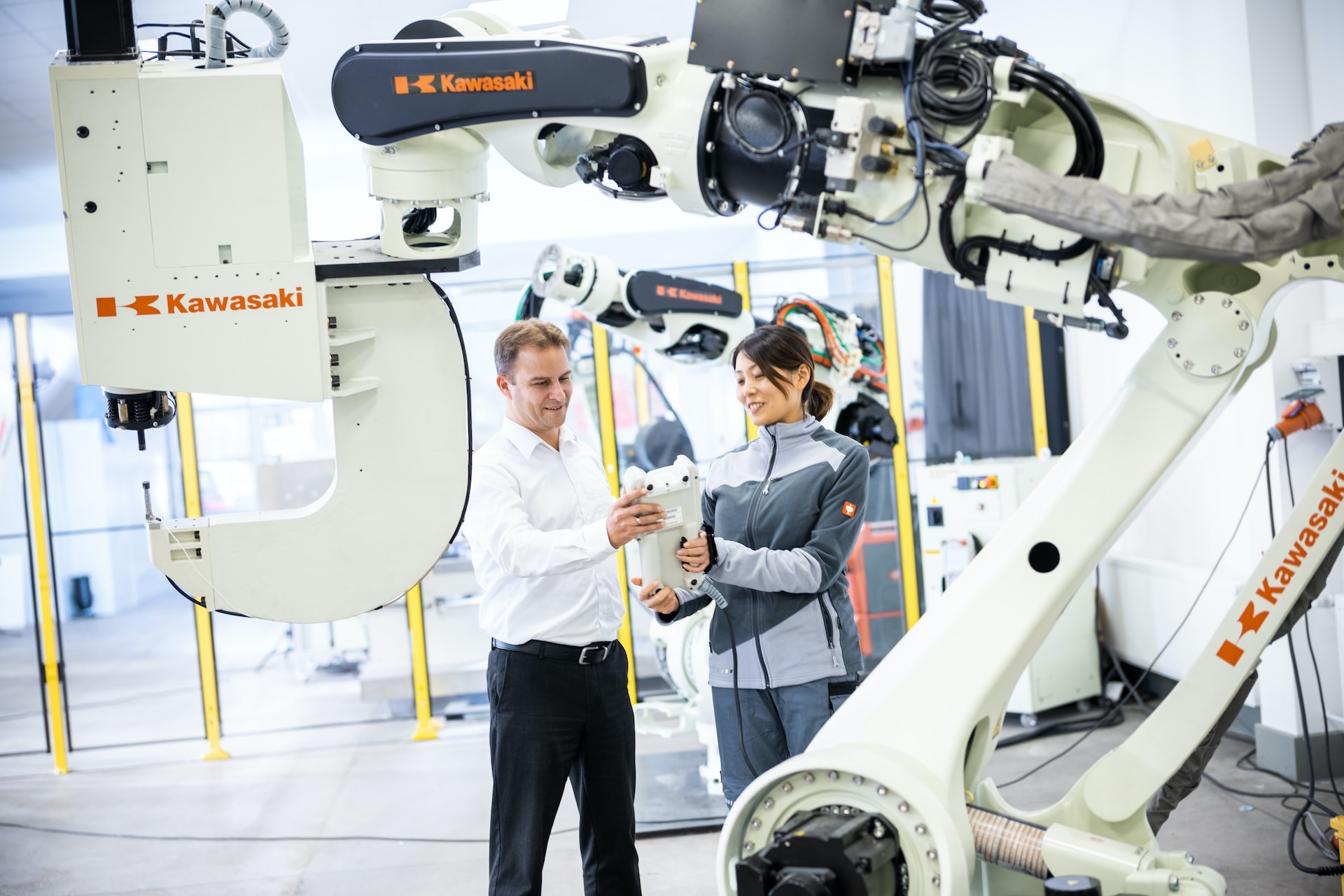
What Can Manufacturing Process Analytics Reveal?
January 25, 2023 - Emily Newton
Revolutionized is reader-supported. When you buy through links on our site, we may earn an affiliate commission. Learn more here.
Many leading producers now rely on manufacturing process analytics. The platforms providing such information can generate vital details about how things get done at a company and show what’s going well. It can also spotlight where room for improvement exists.
People often think of manufacturing process analytics as a subset of other, broader types of data collection. For example, many companies track metrics to show which team members are most productive on each shift. The associated information is not necessarily process data. However, it could become as such if one of the main questions people seek to answer is which task is most time-consuming for the majority of workers.
Here are some of the exciting ways manufacturing process data can assist decision-makers.
Options for Reducing Injury Rates
Occupational injuries can be extremely disruptive for the manufacturing plants affected and life-changing for the individuals who suffer them. Statistics indicate that contact with objects or equipment is the leading cause of serious injuries and fatalities (SIFs) happening on the job.
Manufacturing process analytics could shed light on which steps are most likely to result in people getting hurt. It could also show whether individuals repeatedly fail to engage in safety measures before performing them. In the latter case, the data might indicate a need for increased team member training or a change in how the education takes place.
For example, a 2020 report explored the worthiness of using digital technologies to reduce SIF events. The researchers suggested using virtual reality training scenarios to expose people to high-risk situations without actual harm. They could also see personalized content, such as instruction manuals for a specific piece of equipment.
However, making any new technology work well requires knowing which workplace activities are most likely to cause harm or elevate risks for people who do them. Manufacturing process analytics can indicate those specifics. It can also allow people to drill down into the details.
For example, are people working with a particular process more likely to get injured if they have less than three years experience? Do injuries more commonly happen at a particular time? Is a specific team more prone to accidents than others? Knowing those statistical aspects helps people make smarter decisions about minimizing injuries and keeping everyone safer at work.
Strategies for Increasing Quality Control
Improving quality control in manufacturing can result in better productivity, higher profits and stronger competitiveness in a challenging marketplace. Manufacturing decision-makers often rely on advanced technologies, such as artificial intelligence (AI), to keep quality levels acceptable. For example, leaders frequently choose automated picking technologies to assist people in finding the right products in warehouses.
However, manufacturing process analytics can take AI applications to greater heights. In one fascinating example, researchers from MIT used process data to improve how 3D printers handled new materials. Ordinarily, professional operators must make thousands of prints and use trial and error to figure out how to optimize the results. However, a new approach uses computer vision and machine learning to study the printing process. It then applies real-time error correction based on the associated data.
People can examine process analytics in other ways to boost quality, too. Imagine if the products subjected to a certain assembly line task suddenly started failing quality control checks at higher-than-average rates. The associated data might reveal that a critical machine is out of alignment or otherwise needs maintenance. It could also show that something like a programming error caused the decreased quality.
Knowing a facility’s quality level falls short of a desirable level is one thing. However, it’s much more valuable and important to have the manufacturing process analytics data necessary to act upon and fix the matter.
Possibilities for Enhancing Consistency
People don’t usually stumble upon the optimal manufacturing processes. They try various options, carefully recording data and outcomes to perfect their efforts. Manufacturing process analytics can help those individuals keep track of what works and what doesn’t.
Researchers recently relied on a data-driven process to improve concrete production. They calculated the mixture specifics to make the material as strong as possible without additives. This approach caused an approximate 30% increase in concrete strength.
More specifically, the researchers’ data confirmed aspects such as the size and shape of filler particles and the solidification solution’s temperature all play a part in the concrete’s ultimate strength.
Drawing these conclusions required building a neural network and training it with relevant data from experiments. However, manufacturers could boost consistency in their plants with less-intensive methods. For example, they could use a manufacturing process analytics suite to determine which parts of a critical task are most likely to fall outside of parameters. They could then dig deeper to find out when and why they typically stray from the ideals.
Putting the pieces together could take some time, but decision-makers will almost certainly find it’s worthwhile. When manufacturers don’t maintain the necessary consistency, they face numerous risks. These include disappointing clients, minimizing productivity and perhaps even raising the threat of recalled products.
Ways to Unlock Continuous Improvement
A market analysis indicates the worldwide process analytics is experiencing healthy growth. More specifically, it should register a compound annual growth rate of 44.6% between 2022 and 2031. However, not all company leaders feel able to take advantage of the associated technologies yet.
One of the defining reasons for that is the belief that they cannot adequately use the gathered information without hiring a data scientist to help. That was a valid concern not too long ago.
However, things have changed due in large part to self-service analytics (SSA). The products that offer them usually fall under the business intelligence (BI) umbrella.
User-friendliness is perhaps their biggest selling point. People do not need data science backgrounds to make the most of them. They can track manufacturing process analytics over time and use the findings to promote continuous improvement. It’s also possible for users to select data and run reports on it with minimal or no support from other departments.
People can then use that data to ensure their organizations keep improving. Such a commitment to ongoing excellence is vital in the manufacturing world, particularly with the landscape getting increasingly crowded and competitive.
How Will You Use Manufacturing Process Analytics?
There’s no single, best way to apply manufacturing process analytics. However, the examples here can be excellent sources of inspiration as you determine how to evaluate production processes more closely and methodically.
Revolutionized is reader-supported. When you buy through links on our site, we may earn an affiliate commission. Learn more here.
Author
Emily Newton
Emily Newton is a technology and industrial journalist and the Editor in Chief of Revolutionized. She manages the sites publishing schedule, SEO optimization and content strategy. Emily enjoys writing and researching articles about how technology is changing every industry. When she isn't working, Emily enjoys playing video games or curling up with a good book.







